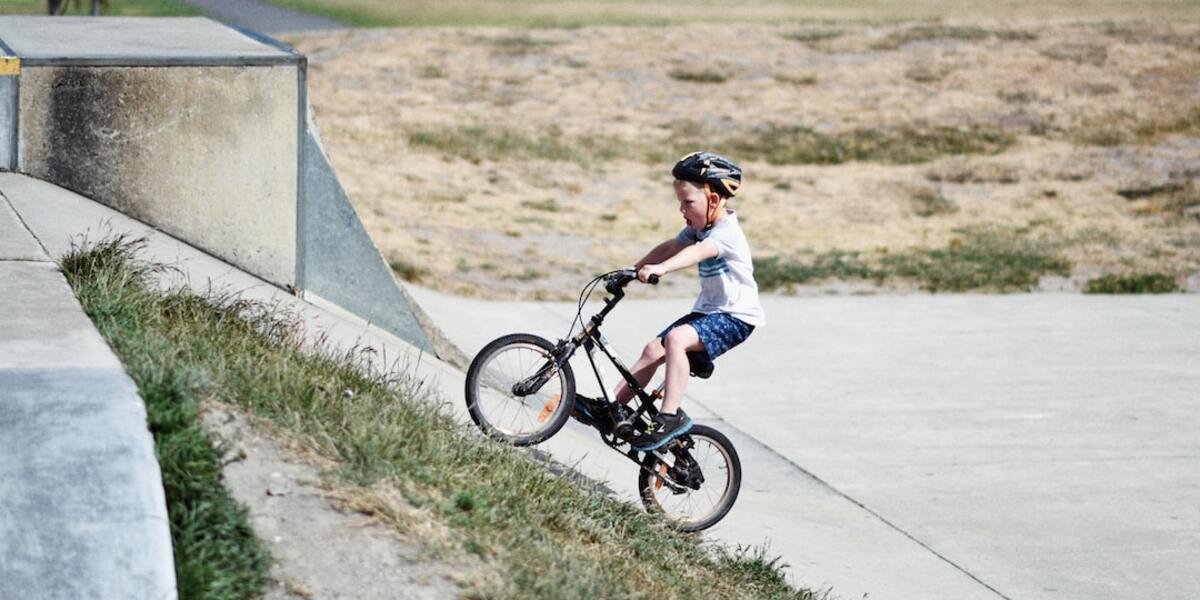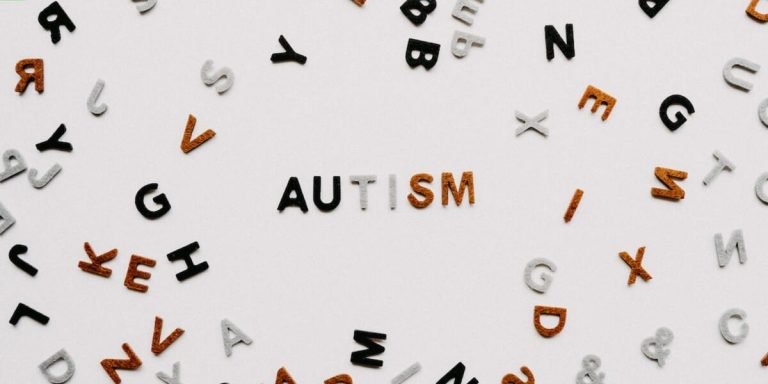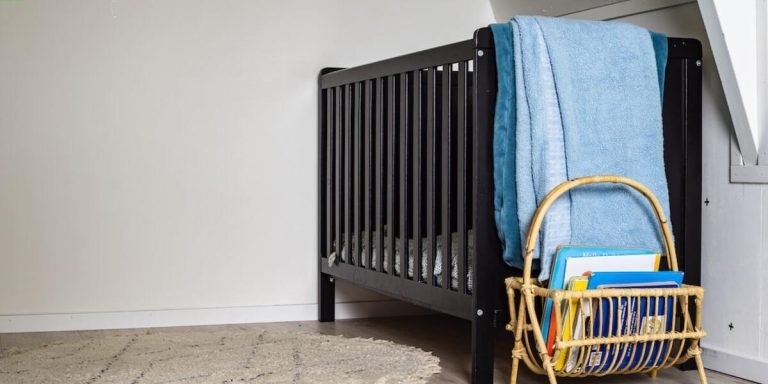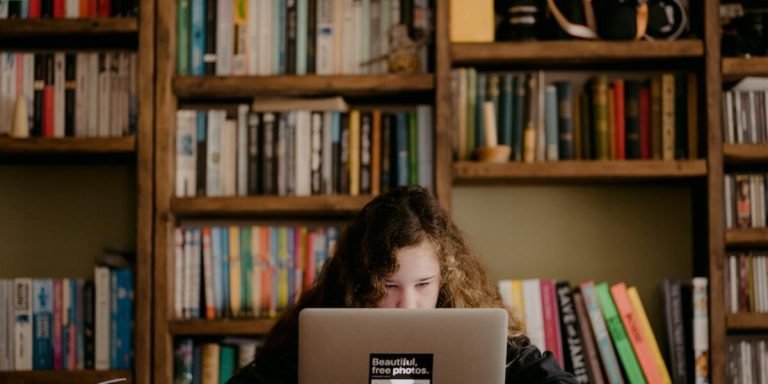Sensory Seeking: Understanding and Supporting this Unique Child Behavior
In the world of childhood education, “sensory seeking” is a term that often beclouds parents and educators. It’s an inherent curiosity demonstrated by children who crave intense sensory experiences – such as touch, taste or movement – more than their peers. These sensory cravings can significantly affect both learning capacities and daily routines.
Understanding this unique behavior becomes essential to providing effective educational resources and support for these young learners. The process may appear challenging initially but with accurate knowledge about the attributes associated with ‘Sensory Seeking’, it becomes manageable while fostering better adaptation in different environments for these special kids.
Did you know?
Did you know: Sensory seeking behavior isn’t exclusive to children with sensory processing disorders. It’s actually a natural part of child development, helping them understand and interact with their environment in more meaningful ways!
Understanding Sensory Seeking in Special Education
Sensory seeking behaviors play a significant role in special education environments. Children with certain disabilities like Autism Spectrum Disorder often exhibit this behavior as they navigate their world to stimulate one or more of their senses such as touch, smell, sight, taste or hearing. It is an important factor to consider when structuring educational programs and specially designed instruction (SDI) for students who display sensory seeking tendencies.
The aim of providing quality special education involves not just academic learning but fostering holistic development which takes into account each child’s unique needs. And here technology becomes a crucial player for it provides innovative tools that can cater specifically to these requirements. For instance interactive apps or e-books can be used by educators and therapists alike to engage the student’s attention through visual stimulation while also educating them on various subjects.
Additionally integrating technology within classrooms allows opportunities for hands-on experiences that promote active participation from every student including those showing signs of sensory-seeking behaviour since it encourages exploration and discovery within a safe environment; thus proving beneficial both acadically and therapeutically.
Recognizing Signs of Sensory-Seeking Behaviors
Identifying sensory-seeking behaviors in children necessitates keen observation and understanding. In the realm of special education, it’s essential to recognize that all children are unique learners who may perceive their environment differently from others.
Sensory seeking refers to how some individuals find comfort or focus through certain physical inputs – touch, taste, smell, sight or sound. These children often exhibit a high affinity for intense sensations such as loud noises and bright lights.
Here are key indicators of sensory-seeking behavior that parents and educators should look out for:
1. High level of energy: If a child constantly seems tireless — running around more than usual with endless vivacity even after engaging in activities intended to expend energy – they might be displaying sensorial craving.
2. Seeks out heavy work tasks: Children pursuing heavier-duty jobs like dragging weighty objects across the floor could indicate an unfulfilled need for added physical stimulation.
3. Fidgeting instead of sitting still: Always on-the-go kids showing restlessness when asked to sit quietly could also point towards sensory fulfillment desire.
Strategies for Supporting Students with Sensory Processing Needs
Sensory seeking students, often seen in Special Education settings, display behaviors that seek out additional sensory input. These children might be constantly moving or touching things; they may also have a preference for certain types of textures or noises. Their sensory needs can sometimes make regular classroom environments challenging to navigate.
Original content returned as is.
1. Create Sensory Breaks: Remember, the student’s urge to seek out sensory experiences is natural and not something we should entirely discourage it rather channeled appropriately at right times.
2. Utilize Technology: With our classrooms digitizing rapidly post pandemic era unfolding 2023, technology has become more vital than ever before.
Tailoring Learning Environments for Sensory Seekers
In the dynamic era of 2023, tailoring learning environments for sensory seekers has become paramount in special education. Sensory seeking children exhibit an unquenchable thirst for stimuli that engage their senses and unleash creativity. The integration of technology into education provides powerful tools to meet these unique needs.
Technology-based resources now dominate the educational landscape, offering immense benefits both inside and outside traditional classrooms. Virtual reality (VR), augmented reality (AR), interactive whiteboards, tablets loaded with adaptable learning apps: all assist educators in creating vibrant multi-sensory environments conducive to engagement and exploration. These resources not only cater to sensory seekers but also make lessons more captivating, boosting academic performance among all students regardless of strengths or challenges.
At a time when personalized instruction is gaining recognition as being equally important as conventional academics, support systems tailored specifically for different learners are crucial in fulfilling every child’s potential without leaving any behind on the path toward knowledge acquisition. Online platforms host thriving communities where parents can exchange insights around specific topics such as tactile-defensive behavioural tips or share experiences about using music therapy applications at home – this supportive network fosters collective wisdom benefiting thousands globally.
Embracing innovative strategies like integrating technology within specialized curriculums truly helps transform childhood education by acknowledging diversity across student body’s abilities whilst fostering inclusive growth for everyone – precisely what our future generation deserves!
Designing Inclusive Classrooms to Cater to Diverse Needs
In an educational landscape that values diversity and inclusion, the role of special education resources becomes all the more significant. One crucial aspect is designing inclusive classrooms to cater to diverse needs, especially for sensory seeking students.
Sensory seeking children are drawn toward specific experiences or activities because they find them stimulating. Inclusive classroom designs incorporate elements that appeal to such sensory stimuli – supporting these learners’ unique style while fostering a rich environment where every student feels engaged and supported.
Technology integration in education plays a substantial part in this endeavor. Smartboards with touch features can be used as interactive platforms catering specifically to tactile sensory seekers- those who learn best by touching or feeling objects and textures. These digital boards go beyond traditional chalk-and-talk teaching methods making lessons dynamic, engaging and tailor-made for hands-on learning.
For auditory sensory seekers, schools could integrate sound systems within classrooms which play ambient sounds matching curricula themes – like soft raindrop noises during weather discussions or animal cries when exploring ecosystems . This approach helps keep their focus sharp while fueling curiosity about subjects being subtly introduced through subliminal messaging techniques brought out by technology advancements .
Specialized software applications provide visual aids custom made for sight-oriented kinesthetic leaners too enrichening their lesson experience remarkably . Applications using Augmented Reality (AR) transport students right into scenes from history textbooks! A seemingly average day at school suddenly turns into ‘walking’ alongside dinosaurs!
Incorporating Multi-Sensory Teaching Techniques
“Embracing multi-sensory teaching techniques is not just an innovative educational trend. It’s a necessity, particularly for addressing the learning needs of sensory-seekers among us. The dynamic nature of multi-sensory modalities caters to children who thrive on stimulating their senses – touch, sight, sound, taste and smell.
In 2023, we have unprecedented access to special education resources that allow for the successful integration of these methods into everyday teaching practices. Here are several ways to accomplish this:
1) Interactive Whiteboards: For students craving visual stimulation or those showing signs of ‘sight-seeking’, interactive whiteboards have proven invaluable! They offer vibrant visuals while simultaneously allowing student interaction making lessons come alive!
2) Audiobooks and Podcasts: Sonic learners will appreciate audiobooks and educational podcasts as they rely heavily on auditory information processing enabling both listening skills’ development and knowledge acquisition.
3) Touch Screens & Digital Tablets: A marriage of tactile impression with technology! Fidgety fingers find solace in sliding across screens manipulating digital objects facilitating hands-on experience without messiness associated traditionally hands-on activities.
4) Taste/Smell Experimentation Kits : Although niche products , there exist sets explicitly designed enhance experiential learning via gustatory olfactory exploration available online through various sellers specialized classroom resources catering sensory seeking youngsters .
Essential Resources and Tools for Sensory Integration
In today’s digitally advanced world, integrating technology into education has become paramount. This is especially critical for children with sensory seeking behaviors who can significantly benefit from an amalgamation of learning and sensory stimulation. Sensory integration involves the process by which we receive information through our senses, organize this data, and use it to participate in everyday activities.
There’s a wealth of resources that can facilitate successful sensory integration in learners grappling with its challenges. Interactive platforms like online games or applications have adopted innovative approaches employing visual stimuli, sound effects, tactile feedback features- all aimed at enhancing cognitive agility while fulfilling their need for intensified sensorial experiences.
Educational technologies offer tools specifically curated for special needs education are making waves now more than ever before due to their adaptability and intuitive capabilities catering directly to such requirements. They range from simple relaxation apps providing guided meditation sessions complete with soothing images and sounds – ideal for those struggling with hypersensitivity issues – to sophisticated wearable devices that monitor physiological responses enabling educators and parents tailor interventions accordingly.
Admittedly ‘sensory-seeking’ goes much beyond just a term; it encompasses unique nuances pertaining each child’s distinct needs thus underlining the significance personalized educative solutions imbued seamlessly within state-of-the-art tech aids providing unparalleled support easing out this otherwise complex journey towards achieving optimum learning outcomes.
The Role of Occupational Therapy in Educational Settings
The role of occupational therapy in an educational setting is critical, especially when it comes to supporting students who exhibit sensory seeking behaviors. For these students, the classroom environment can often be overwhelming and difficult to manage without proper interventions.
Occupational therapists (OTs) provide a unique perspective by addressing both the physical and mental aspects of learning in children. This dual focus makes them key players in facilitating successful education for all learners, particularly those demonstrating sensory integration issues.
Given that this year 2023 sees more emphasis being placed on technology integration into classrooms across the globe – OT’s are equipped with a range of innovative tools geared towards assisting their pupils cope better within their environments . They make use of specialized equipment like weighted blankets which serve as comforting objects allowing students calmer moments amidst chaotic classroom settings , tech-aided visualization programs that present abstract concepts visually thereby triggering cognitive retention aiding academic success .
Selecting Appropriate Aids and Equipment for Sensation Support
Sensory integration plays a crucial role in children’s development, particularly for those who are sensory seeking. When considering aids and equipment to support this process, it is essential that we make informed choices.
Firstly, one should understand what “sensory seeking” means. Sensory seekers are individuals who crave more stimulation than the average person – these can be sounds, sights or physical sensations such as touch or movement. They may exhibit behaviors like fidgeting, touching everything around them and enjoying loud noises.
In the realm of childhood education in 2023, technology has found its place even while addressing sensory needs. Such technological advancements have given educators various tools at their disposal making teaching focused yet fun-filled affair.
Let us uncover different types of aids which can greatly benefit sensation seekers:
1) **Vibrating Tools:** Vibrations provide excellent tactile input for sensation-seeking students. This could include vibration cushions or toys that vibrate when squeezed providing calming stimuli at controlled levels.
2) **Fidget Toys:** The primary purpose here is to keep the child’s hands busy thereby assisting focus on tasks without additional distractions from an overactive body.
3) **Tactile Mats** Tactile mats with different patterns offer varied surface experiences aiding hand-eye coordination alongside fulfilling sensory craving.
4) **Interactive Learning Apps**: E-learning resources specifically designed keeping sensory requirements in mind serve dual purposes – they entertain subtly while educating effectively.
Conclusion
In a nutshell, sensory seeking is an intriguing facet of child behavior that warrants understanding and thoughtful response from parents and educators alike. It’s not about ‘managing’ these curious explorers but rather supporting them in their quest for tactile wisdom. This journey may comprise moments of overwhelm or confusion, yet with the right awareness tools at our disposal we can transform it into one marked by growth and learning.
We hope this article has shone some light on the mysterious realm of sensory seeking children. Remember, every voyage starts with a single step – yours begins here! Our website boasts myriad resources to aid you further on your journey towards comprehending advanced childhood behaviors like sensory seeking.
Whether you’re a parent or educator navigating these educational waters, do stick around — there’s always more to discover when educating ourselves relentlessly becomes second nature.







